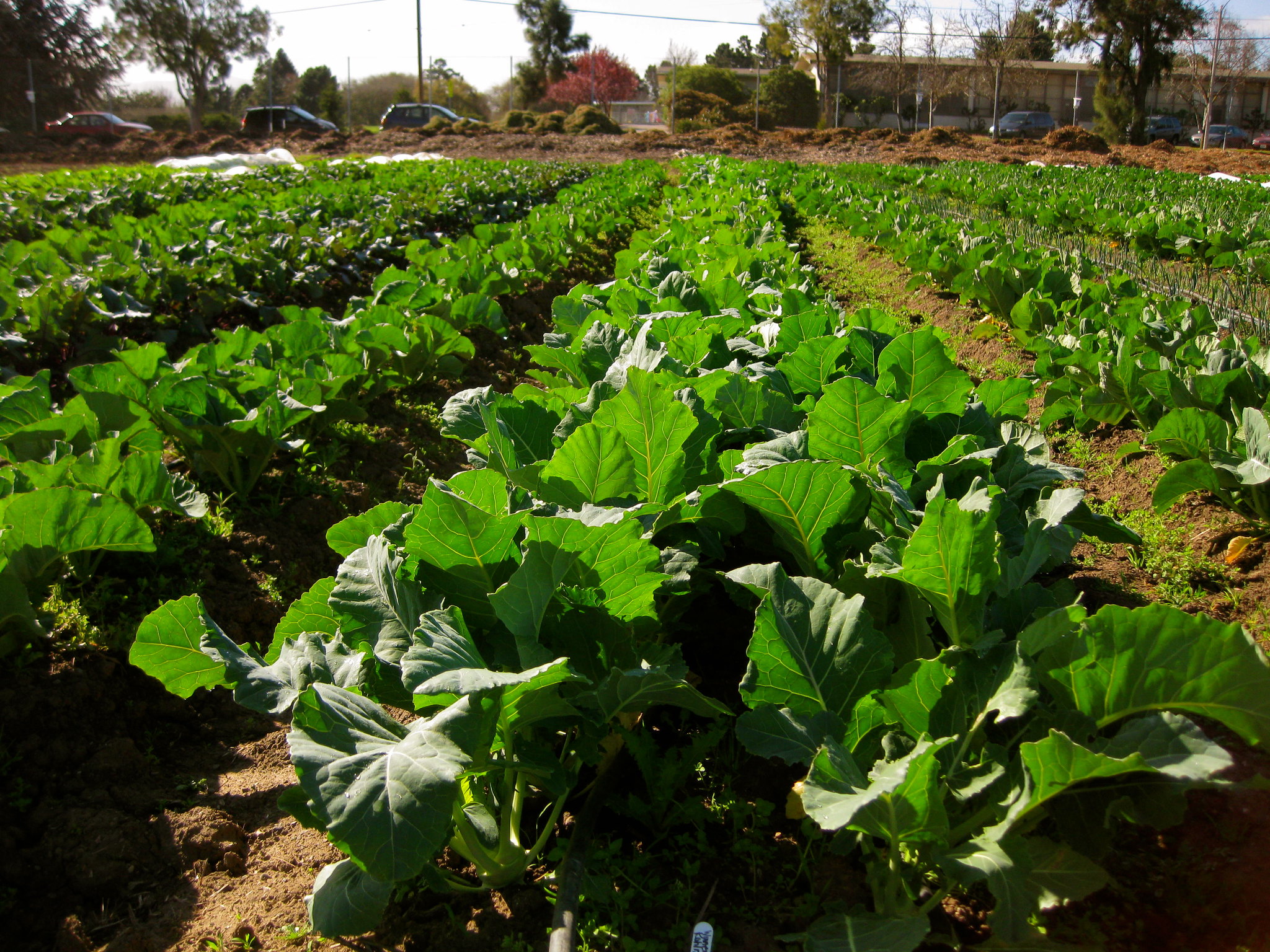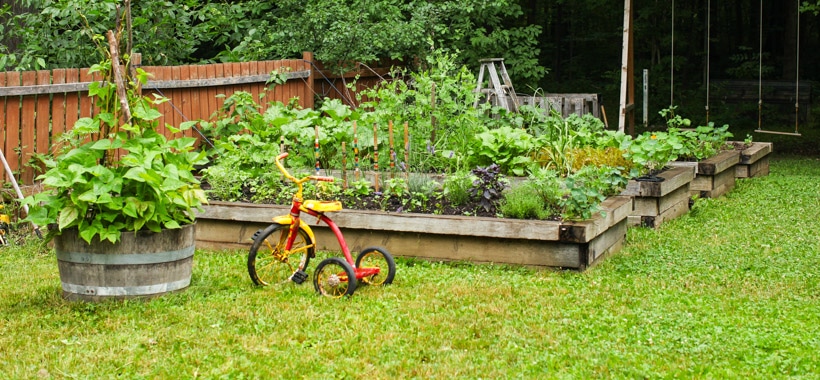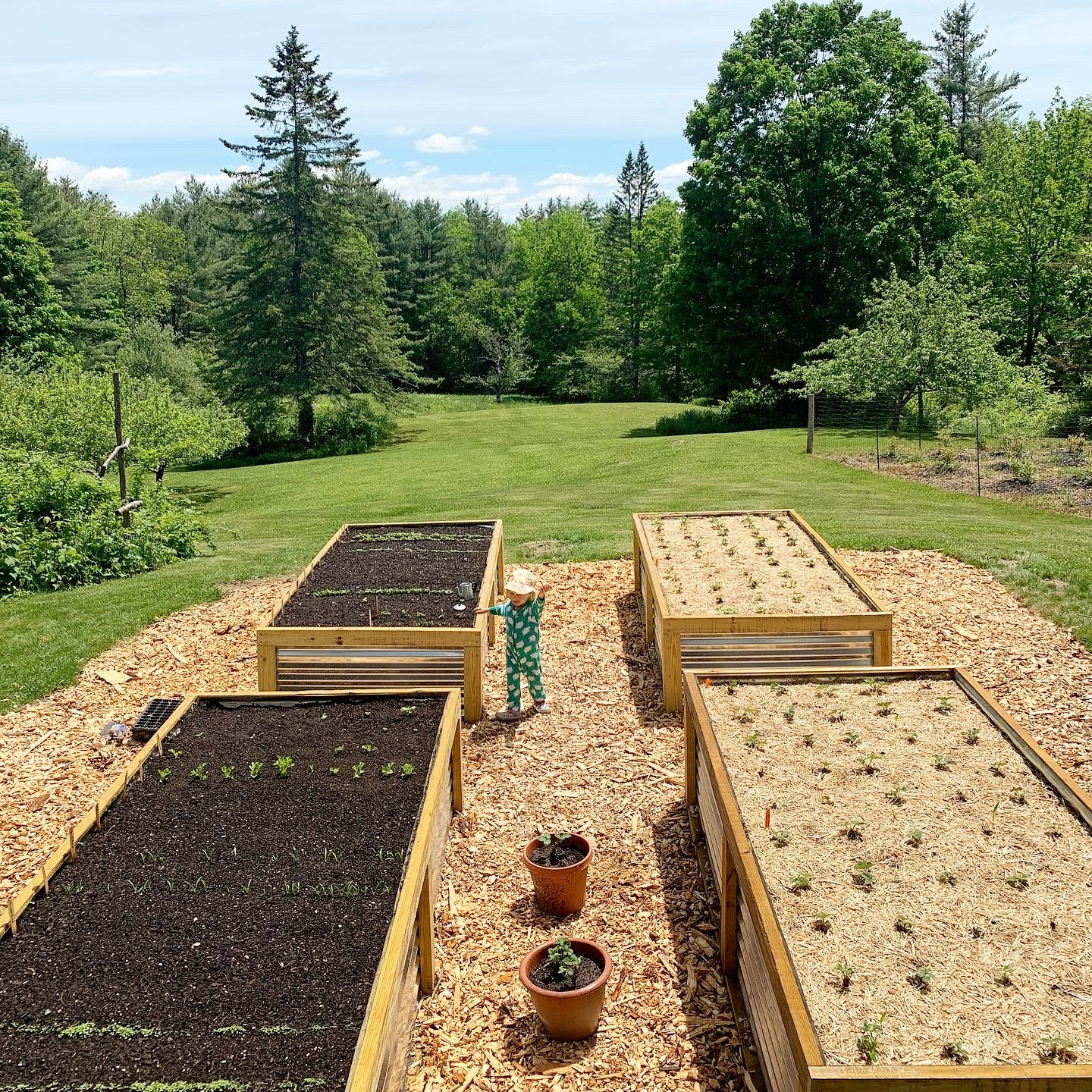Beginner’s Guide to Homestead Gardening at Home
Enhance Your Outdoor Area With Creative Gardening Styles and Layouts
By discovering numerous designs, such as the charming informality of home gardens or the minimalism of modern visual appeals, one can considerably elevate the setting of their surroundings. Furthermore, including vertical horticulture methods and sustainable techniques not only boosts aesthetic appeal but likewise advertises ecological awareness.

Cottage Yard Charm
Cottage yards, frequently identified by their rich, informal formats, welcome an unified mix of blossoms, veggies, and natural herbs, producing a vivid tapestry of color and scent. This conventional horticulture design go back to the late 19th century, coming from England, and is prized for its enchanting, charming allure.
Trick elements of cottage yards include the use of seasonal plants, climbing up vines, and self-seeding annuals, which add to an ever-evolving landscape. Growing in thick clusters encourages a naturalistic appearance, enabling a diverse mix of colors and structures. Popular flowers such as foxgloves, hollyhocks, and delphiniums intermingle with aromatic natural herbs like lavender and rosemary, boosting sensory experiences while promoting biodiversity.
Including rustic features, such as weathered trellises, wooden fences, or rock paths, even more boosts the visual of a cottage yard. This design not just focuses on elegance but also welcomes sustainability, as numerous plants are picked for their ability to draw in pollinators and provide food. Eventually, the home yard appeal hinges on its unwinded, inviting atmosphere, motivating a deep link with nature while offering a picturesque resort for relaxation and pleasure.
Modern Landscape Appearances
While the charm of home yards evokes a feeling of nostalgia and fancifulness, modern-day landscape appearances welcome an even more streamlined and minimalist method. This contemporary design highlights simplicity, performance, and an assimilation with the surrounding environment. Clean lines, geometric shapes, and a minimal color palette define contemporary landscape design, permitting nature's beauty to take center stage without unneeded interruptions.
Products play an important function in attaining this visual. Concrete, steel, and all-natural rock are regularly made use of to develop hardscapes that complement the landscape instead of overwhelm it. Additionally, the careful selection of plants is basic; decorative turfs and indigenous types are commonly preferred for their reduced maintenance and capability to flourish in local conditions.
Water attributes, such as streamlined fish ponds or showing pools, are also essential to modern styles, supplying peacefulness and a centerpiece. Lasting techniques, including xeriscaping and the use of permeable products, improve the environmental obligation of modern-day landscape design. Eventually, modern landscape appearances supply a chance to create tranquil exterior areas that reflect modern values while fostering a much deeper connection to nature.
Vertical Horticulture Developments
Vertical gardening developments have actually reinvented the way we approach gardening in restricted spaces, enabling the farming of plants in metropolitan environments where ground room is scarce. These ingenious methods and structures enable gardeners to make the most of upright surfaces, transforming wall surfaces, fencings, and even verandas into lavish eco-friendly rooms.
One popular advancement is making use of modular systems, which consist of interlacing panels that can be easily set up and repositioned - Homestead Gardening. These panels usually come furnished with built-in watering systems, making certain that plants get appropriate moisture while lessening water waste. In addition, vertical gardens can include a range of plants, from blooming species to edible herbs, promoting biodiversity and boosting aesthetic appeals
Another noteworthy improvement is the assimilation of smart innovation, such as sensors that keep track of dirt dampness and nutrient degrees. This technology permits specific treatment tailored to the needs of individual plants, making sure optimal growth and health and wellness. Moreover, light-weight products and vertical planters made from recycled products add to sustainability while decreasing the physical worry of traditional gardening.
Sustainable Gardening Practices
Sustainable horticulture techniques have actually become a vital approach for gardeners looking for to decrease their ecological effect while enhancing the wellness of their environments. These techniques concentrate on the cautious administration of natural sources, advertising biodiversity, and fostering a resistant landscape.
One crucial element of sustainable horticulture is soil health. Making use of organic garden compost, mulching, and plant rotation improves the dirt, promoting advantageous microbes and minimizing the requirement for chemical fertilizers. In addition, indigenous plants are encouraged, as they call for less water and are a lot more resistant to local bugs, thus lowering reliance on pesticides.

Furthermore, lasting gardening encourages the use of recycled materials for garden structures and paths, decreasing waste and environmental influence. By taking on these techniques, gardeners can develop a flourishing outdoor space that harmonizes with nature, ensuring both individual pleasure and eco-friendly obligation.
Themed Garden Inspirations
Creating a themed garden can change an average outdoor area into a captivating sanctuary that shows personal design and rate of interests. Themed gardens supply a distinct possibility to reveal imagination while enhancing the visual allure of one's landscape. Popular motifs consist of Japanese Zen yards, which highlight tranquility via very carefully prepared rocks, water features, and minimalist growings.
One more motivating motif is the home garden, characterized by a casual design full of a wealth of fragrant herbs and colorful flowers. This design advertises biodiversity and draws in pollinators, making it both attractive and environmentally useful.
For those with a propensity for adventure, a tropical yard can evoke a trip feeling, including go bold foliage, dynamic blooms, and probably also a little water attribute to imitate a hotel ambience.
Conversely, a themed garden can attract inspiration from literature or background, such as a Shakespearean garden that incorporates plants pointed out in the Poet's jobs.
Picking a motif not just provides instructions in plant choice and layout yet also creates a cohesive environment that invites expedition and pleasure, making outside areas truly distinctive.
Verdict

Integrating rustic functions, such as weather-beaten trellises, wooden fences, or rock pathways, further improves the aesthetic of a home yard. Additionally, upright gardens can incorporate a range of plants, from flowering types to edible natural herbs, advertising biodiversity and boosting appearances.
Producing a themed garden can change a normal outside area into a fascinating sanctuary that mirrors individual design and rate of interests. Themed yards use a special chance to express creative thinking while boosting the aesthetic charm of one's landscape. The charm of cottage gardens, the sleekness of modern landscapes, ingenious vertical gardening methods, lasting practices, and themed gardens each add unique elements that promote both elegance and functionality.